I signed up for an online class about Virginia native plants several months ago sort of on a whim. I really signed up for it because of the words “Virginia” and “plants” and thought it would be great to learn more. Well, I missed the key word, which is native. It has been eye-opening to me and I would love to share with you what I am learning. I wish I had known more about this much sooner.
The bottom line is that much of what is growing at our homes, in our neighborhoods and in our cities does not support a single living thing. If you’re like me, I didn’t know any better and I used to buy what was readily available at local stores and shockingly, it’s mostly non-native and invasive species.
Native Plants
Native plants are plants that are native to your area going back thousands or millions of years. You might think that this is the only thing you would find in a given area, but sadly that’s not the case. There are way too many introduced plants from other parts of the world or the country that don’t really serve an ecological purpose where you are at. Some of them are sort of neutral or a waste of space and then some of them are really bad. The bad ones are the invasive plants.
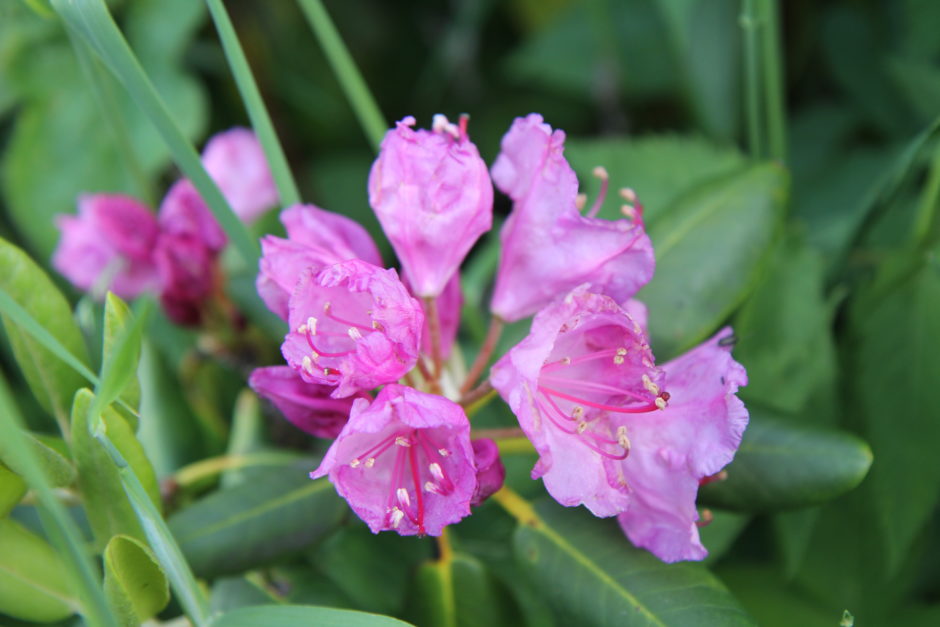
Invasive Plants
Invasive plants are non-native to the ecosystem and whose introduction causes economic harm, environmental harm or harm to human health. Invasive plants don’t have insects that eat them, nor do deer eat them as they are unpalatable. Therefore, they go unchecked as they have no predators. They alter the soil chemistry and they spread aggressively and choke out native plants. They provide no food value and disrupt the food web and ecosystem. Yikes, right?
Invasive species have contributed to the decline of 42% of U.S. endangered and threatened species, and for 18% of U.S. endangered or threatened species, invasives are the main cause of their decline. (Source)
Some examples of invasives you might know are: Callery pear trees (Bradford pears), Japanese honeysuckle, kudzu, English ivy, barberry, wisteria (most of what you see, however there are less common native versions that aren’t invasive), butterfly bush, tree of heaven, bittersweet and burning bush.
Please note that some people incorrectly call plants that spread easily invasive. These are two different things! Invasives do harm, while other plants are just enthusiastic! 🙂 Here is a list of invasive species for Virginia.
Why Native Plants?
Biodiversity: Native plants support insect and animal life! Without them, local birds could not exist because their food supply largely comes from caterpillars that need native plants and trees to survive. For example, research by the entomologist Doug Tallamy has shown that native oak trees support over 500 species of caterpillars whereas ginkgos, a commonly planted landscape tree from Asia, only hosts 5 species of caterpillars. When it takes over 6,000 caterpillars to raise one brood of chickadees, that is a significant difference. (Source)
In addition to being essential for birds, native plants provide shelter for many other animals. The nuts, seeds, and fruits produced by these native plants offer essential food for all kinds of wildlife.
Over the past century, urbanization has taken intact, ecologically productive land and fragmented and transformed it with lawns and exotic ornamental plants. The continental U.S. lost a staggering 150 million acres of habitat and farmland to urban sprawl, and that trend isn’t slowing. The modern obsession with highly manicured “perfect” lawns alone has created a green, monoculture carpet across the country that covers over 40 million acres. The human-dominated landscape no longer supports functioning ecosystems, and the remaining isolated natural areas are not large enough to support wildlife.
– Audubon Society
Low maintenance: Because native plants naturally grow better in their native habitat, they are easier to grow, less fussy and require less water.
Beautiful: Native plants are beautiful and many of them have more seasonal interest.
Erosion: The deep root systems of many native plants increase the soil’s capacity to store water. Native plants can significantly reduce water runoff and, consequently, flooding.
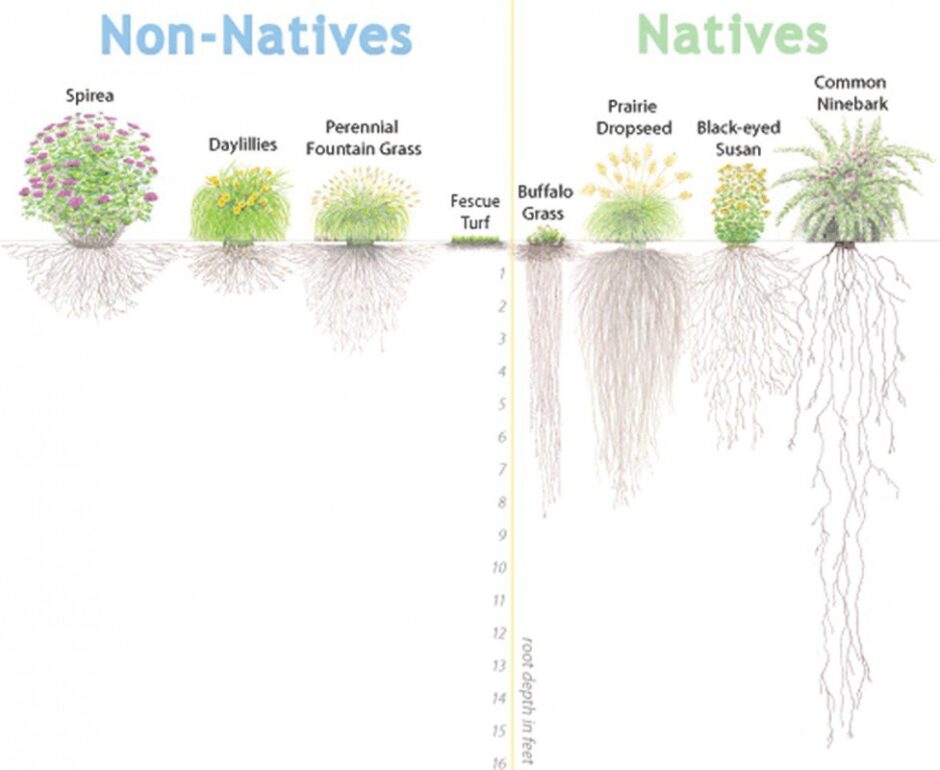
Reduce pollution and harmful chemicals: Native plants do not require pesticides and herbicides like lawns do. Nor do they require mowing. Excessive carbon from the burning of fossil fuels contributes to global warming. Native plants remove carbon from the air.
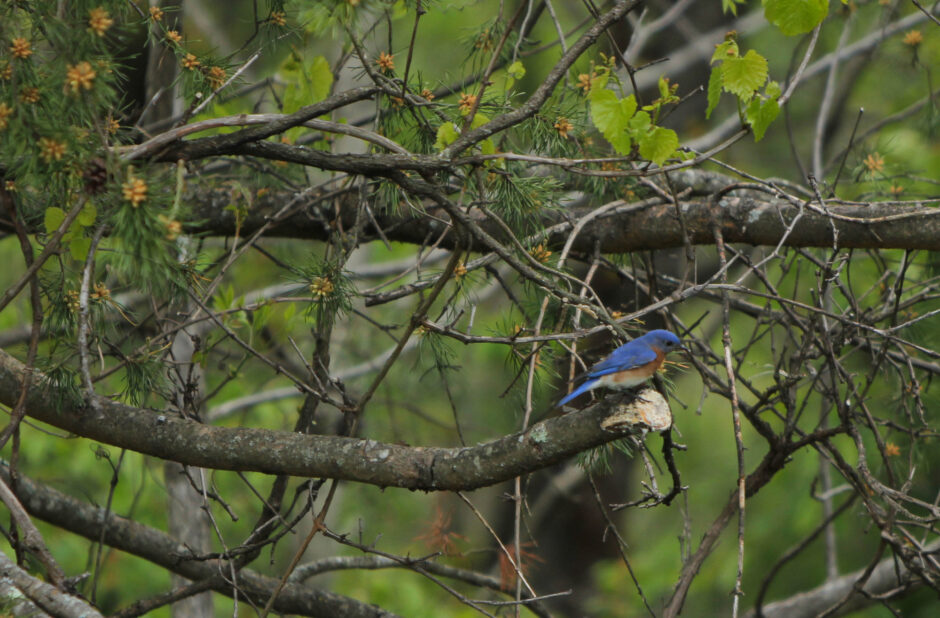
Know Better, Do Better
I have been ignorant to most of this my whole life unfortunately. Wildlife diversity is extremely important to me, so as soon as I learned about this, I was pretty horrified, yet also motivated. While I am clearly no expert on this subject, I write this simply as someone who wants to share this information far and wide in the hopes that you will want to learn with me.
Many years ago when we bought our first house, it had vinca and English ivy growing everywhere. I have firsthand experience with how hard it is to get rid of ivy and I know how destructive it can be to structures and other vegetation. Then, we planted butterfly bushes. Had I known at the time, I wouldn’t have planted them.
Luckily, I don’t have any invasive species growing on my property right now, but I have plenty of non-native plants. I planted a Japanese magnolia when we moved in. Boxwoods were already here and I recently planted peonies. I would have chosen something else instead of the magnolia had I known. And, the peonies – ahh, that’s a tough one. I really like them, so as long as I keep a balance, I think it’s ok for me to have something I want as long as it’s not invasive. (It isn’t!)
I am not saying I will never have non-native plants on my property, but I will try my best to plant as many native plants as I can and I will forever think of my yard in a different way.
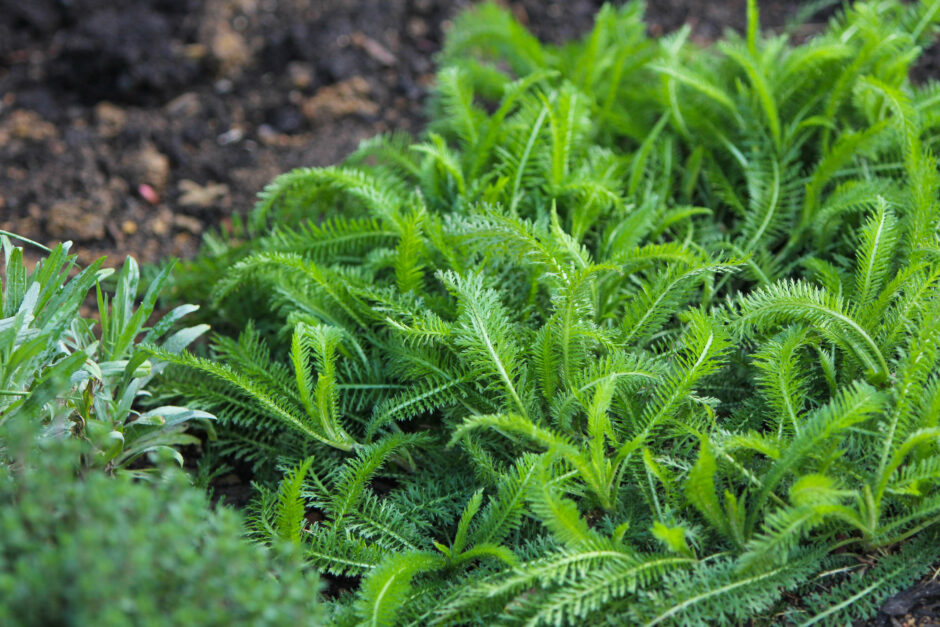
Why should we care about bugs?
I get it. I spent most of my life being afraid of insects and wanting nothing to do with them. However, I always had an appreciation for some species that I found interesting, such as preying mantises and butterflies. In a twist of fate, as I was learning how to keep insects away from my garden, I came to learn much more about them and further appreciate more of them. I quickly saw the need for pollinators and started studying how to attract them. I became very curious and tried to identify as many species as possible to know whether they were garden friends or enemies. I soon learned that I could co-exist with most insects simply by letting some bugs eat the others. And where that wasn’t possible, I found ways of dealing with garden pests without killing them, such as covering my plants. I remember saying last year that I felt like I was learning more about entomology than plants. 🙂
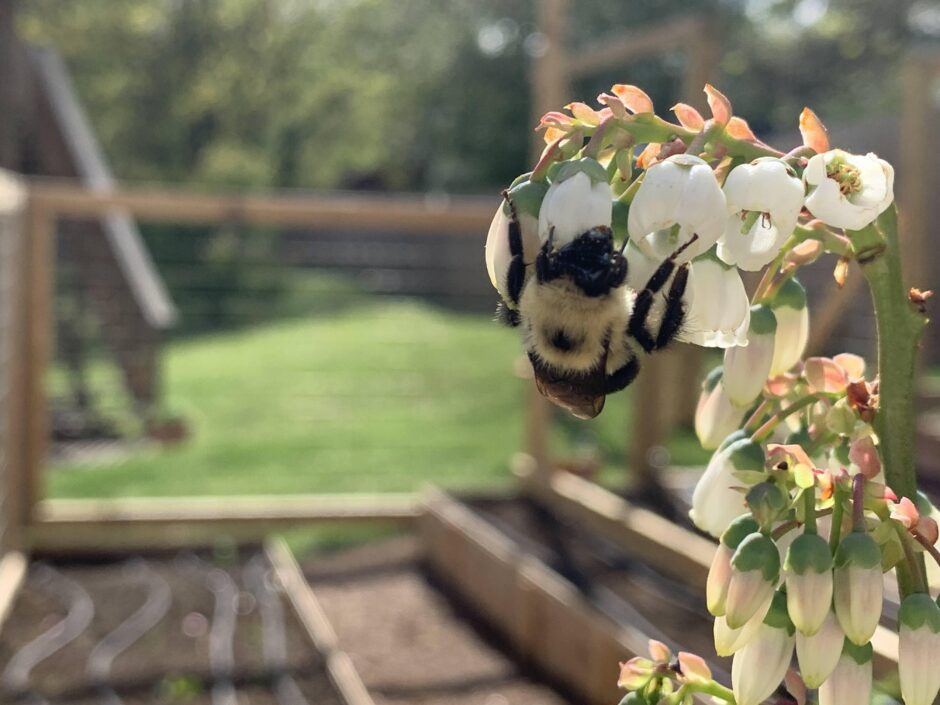
Look – I will never like or appreciate stink bugs, ok? I hate them. But, also, they are a non-native invasive species, so it’s more than just my personal vendetta against them. But, guess what eats them? Praying mantises! How cool is that?
And…disease carrying insects are a different story. However, most of the ways that people deal with them are not effective and they hurt beneficial insects, while being potentially harmful to us as well. (Side note: After doing lots of research on combatting mosquitoes, using mosquito dunks seem to be the best solution and it’s perfectly safe for other insects and wildlife.)
Now, I experience such a thrill when I see bees in my garden and when I see ladybugs eating aphids off of my plants. Bugs are cool!
So, whatever your feelings about insects are, here are some reasons we should care, from Doug Tallamy’s book, Nature’s Best Hope:
- Insects pollinate 87.5 % of all plants.
- Insects are a critical part of the diet of many animals and birds. Insects are the primary means by which the food created by plants is delivered to animals. Most animals don’t eat plants directly, but get the nutrients they need by eating insects that ate the plants.
- More interacting species leads to a more stable, protective ecosystem that is better able to support human populations.
- Insects rapidly decompose dead plants, releasing the nutrients for new plant life.
- Insects maintain the watersheds, keeping our water clean and minimizing the frequency and severity of floods.
Humans would last only a few months if insects were to disappear from Earth. It is remarkable then, that our cultural relationship with insects is not one of awe and appreciation, but one of disgust and animosity.
Doug Tallamy, Nature’s Best Hope
My Plans
- I am planning to re-do my front foundation plantings and landscape. I hope to make most or all of this natives. Currently I have boxwoods and azaleas and lots of open space. The azaleas are native, but sadly I don’t like the color and they are not thriving in this spot anyway. I plan to rehome them.
- I have a pollinator garden that I will be adding more natives to. Currently I have: Yarrow, Monarda (bee balm) , Blazingstar, Goldenrod, Tickseed and I will be adding echinacea purpurea and milkweed that I started from seed. I am hoping to find other plants as well.
- I have lots of space around the exterior of my vegetable garden. Here I have Beautyberry, Blazingstar and Milkweed. I plan to add more perennial natives, along with some non-native annuals like zinnias. Eventually, as I collect native plants, I might phase out the annuals.
- I recently incorporated some natives into my vegetable garden. I added two blueberry bushes, which are native to Virginia!
- And, I recently created a small shade garden with Columbine, Wild Ginger and a Christmas Fern.
The Hard Part
Most of the time, when you read about native plants, nobody tells you that they can be hard to find. Surprisingly so! Head to your local nursery or box store today and you might find a couple of natives like rhododendrons, azaleas and purple coneflower. That might be it! The closest native nursery to me is one hour away. (All linked below in resources section.)
Maybe you are lucky and have a thriving native nursery nearby? But, also, call around and ask which plants your typical nurseries might have that are native. If you’re local, of all of the Roanoke nurseries that I checked out, I was happily surprised at the selection that Townside Gardens had — I found Buttonbush, Butterflyweed, Sweetshrub, Bottlebrush Buckeye, Fringetree, Tickseed, Columbine and Witch Hazel.
While I would like to buy local first, another option is buying seeds and bare roots online. And, of course, you can buy live plants online as well. Another good way to buy natives are plant sales. The wildflower organization that I joined hosts a native plant sale annually in the spring.
The other challenging aspect of planting natives is learning about them. Most of us are unfamiliar with them and don’t even know what to search for to buy. However, there are several websites that have taken the hard work out of it and tell us exactly which plants are the best to plant in our own yards! The National Wildlife Federation created the Native Plant Finder. You enter your zip code and it show the most beneficial plants in your area, measured by how many species of caterpillars it supports!
A Case Study: The Monarch Butterfly
The monarch butterfly population has decreased by 96 percent since the 1970s. This amazing migratory butterfly has been losing its habitat and food source. It has only ONE plant source to survive: milkweed (asclepias). If that plant doesn’t exist, then neither can this magnificent creature. There are many reasons for the loss of this plant: more lawns and less plants overall, more herbicide usage and more planting of non-native plants, among others. This is not uncommon as many insects and caterpillars have only one host plant or maybe a couple that will allow them to survive. What can we do about it? Easy. We can plant milkweed on our own property. That will fulfill an important ecological purpose and it will allow us to watch these interesting caterpillars and butterflies from the comfort of our own homes.
If you think that’s cool, imagine if you planted trees and shrubs that host MANY caterpillars!
My Challenge to You
It’s simple! Plant more natives. I challenge you to plant at least one native plant or tree this spring. If you do, please comment here or tag me on Instagram at @whitneyandersonva. I want to see what kind of impact we can have together! And, I would love to share your posts! Another challenge for you — remove invasive plants!
Native Plant Resources
Books
Nature’s Best Hope by Doug Tallamy – This book shows how homeowners everywhere can turn their yards into conservation corridors that provide wildlife habitats. Because this approach relies on the initiatives of private individuals, it is immune from the whims of government policy. Even more important, it’s practical, effective, and easy—you will walk away with specific suggestions you can incorporate into your own yard.
National
- National Wildlife Federation – Great resources, videos and information.
- National Wildlife Federation – Native Plant Finder – This is a fantastic website. You enter your zip code and it show the most beneficial plants in your area, measured by how many species of caterpillars it supports.
- Audubon Native Plant Database – Great website where you can search for plants by category based on your zip code. It will show you the top birds they attract.
- Native Plant Alternatives – This shows some common invasive plants and great native alternatives.
- Choose Natives
Virginia
- Digital Atlas of the Virginia Flora – Shows all of the plants in Virginia and tells you whether it is native or not.
- Virginia Flora – This one is a phone app and it’s great!
- Plant Virginia Natives
- Virginia Native Plant Society – A great organization that I recently joined.
SWVA Nurseries
- Townside Gardens (Roanoke, VA) – Not a natives only nursery, but a decent selection.
- Woodthrush Natives (Floyd, VA)
- Hummingbird Hill (Charlottesville, VA)
- Little Bluestem (Afton, VA)
TLDR (Too long, didn’t read)
Natives just make sense. They are a critical part of the food web that impacts insects, birds, mammals and humans. If you love animals, you will want to plant natives. Even if you aren’t a wildlife lover, native plants help pollution, reduce water usage, reduce harmful chemical usage and help with erosion among other things. And, even if you don’t care about that, they are easier to grow because they are adapted to your climate.
Grow with me!
See my other garden posts.
Get new posts in your inbox by subscribing.
Follow along in real time on Instagram
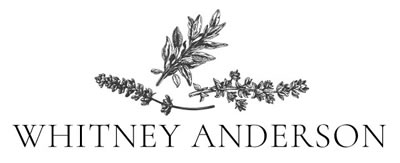
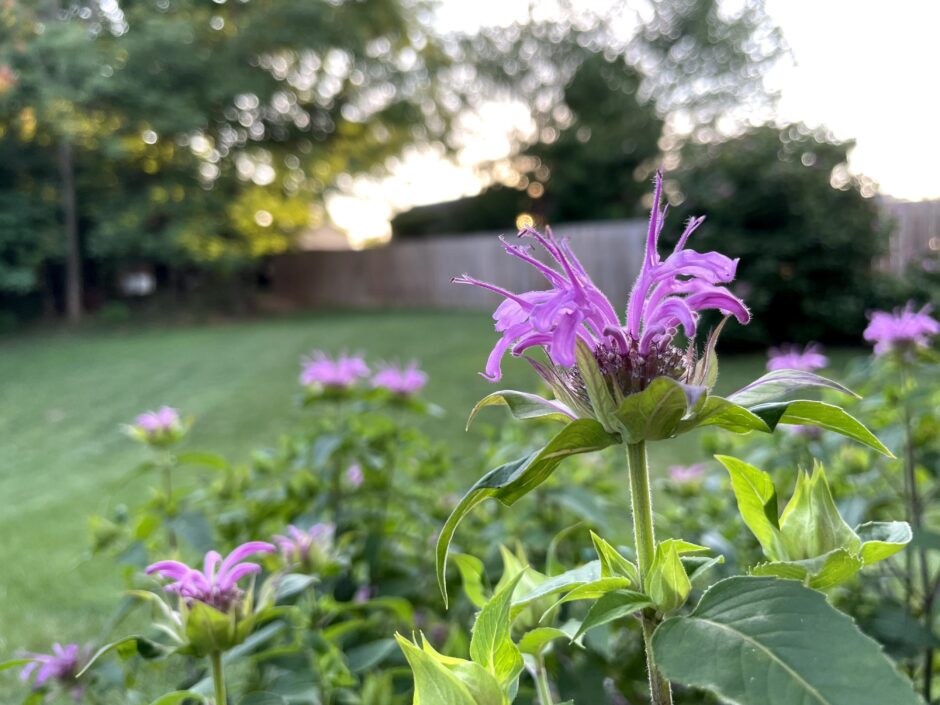
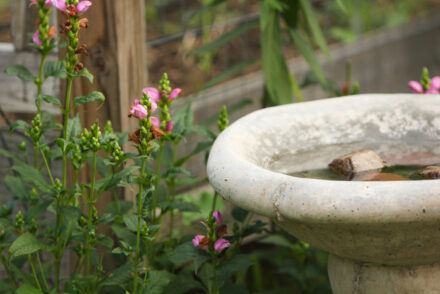
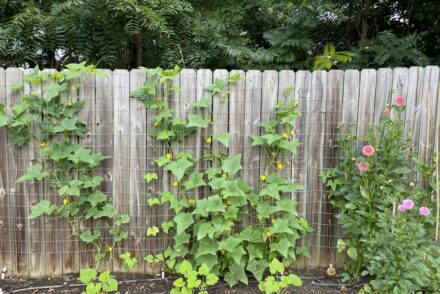
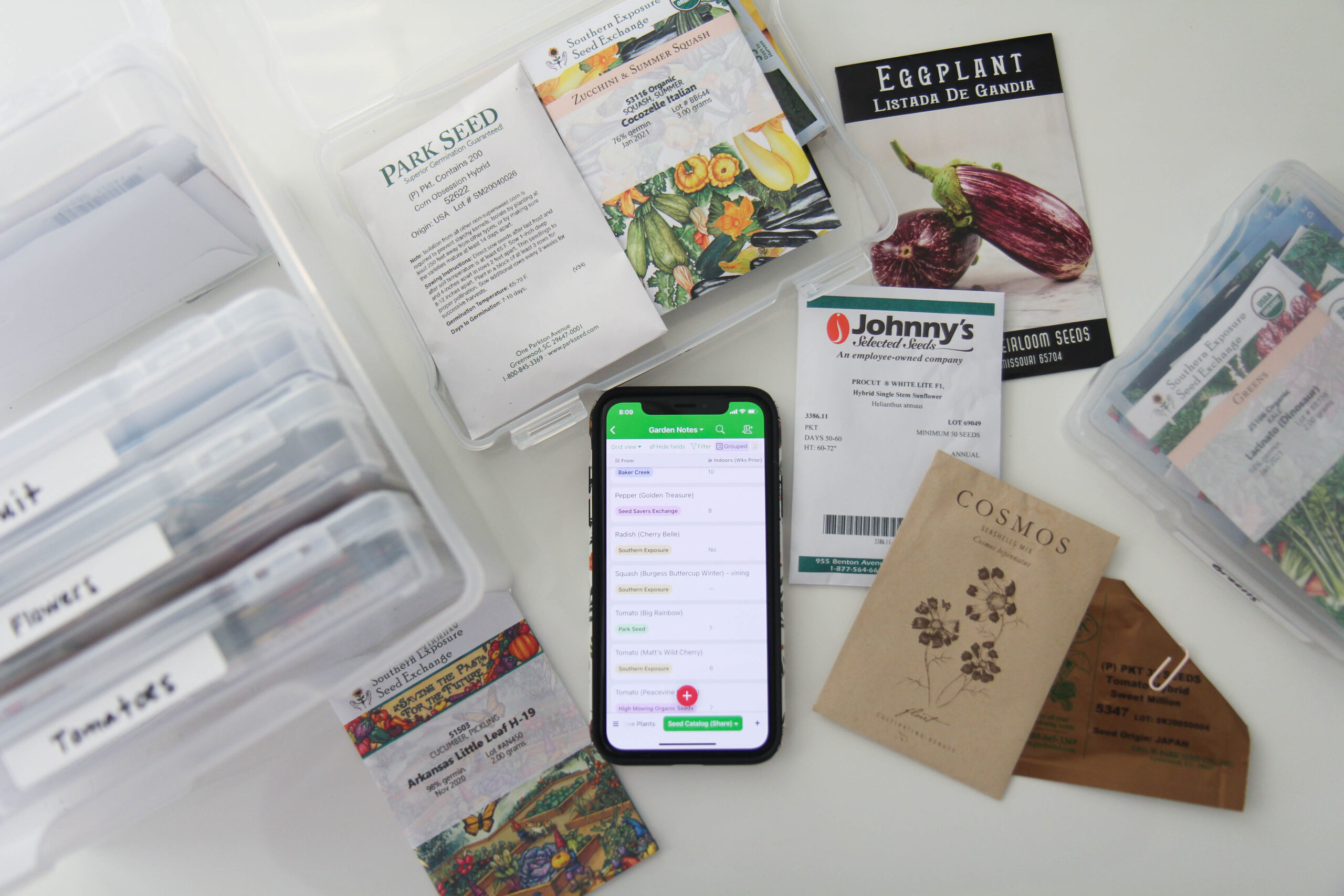
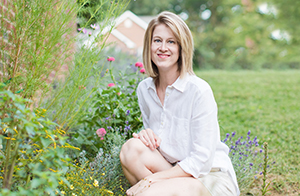
No Comments